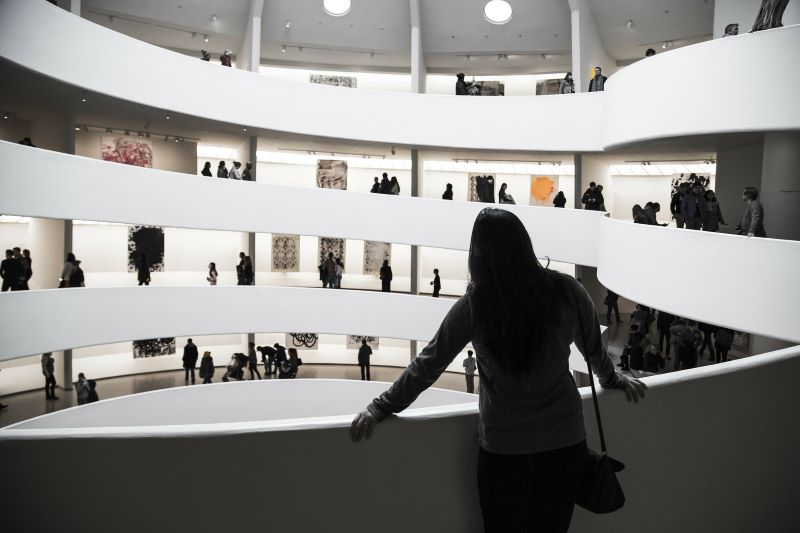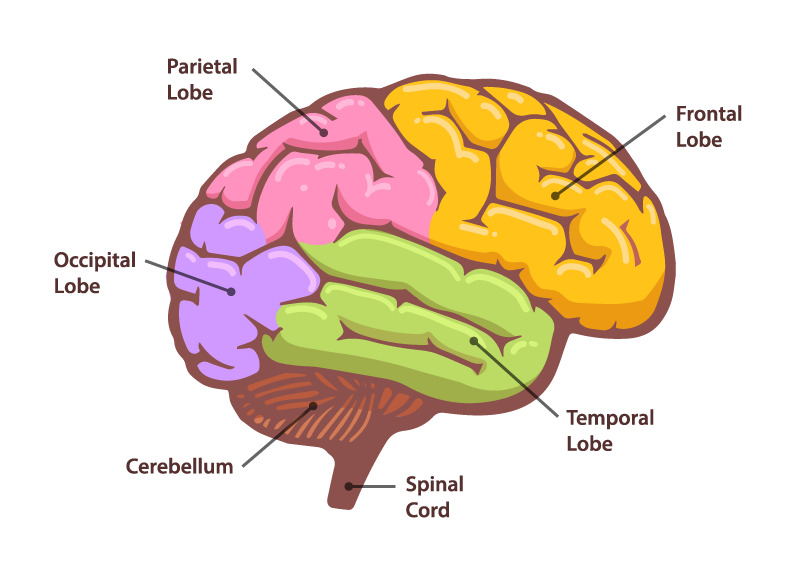THE IMPORTANCE OF MEMORY
“Memory provides the foundation for our understanding of the world and our sense of personal identity.”
What connection exists between memory, learning and our perception of art?
From the 20th century onwards, memory has been given a lot of importance in the learning process. Memory and learning are essential for visual perception and therefore for our response to art: not only do we see a work, but at the same time we associate it with works already seen or experience already lived.
The individual response of each of us to the sight of a work of art is determined by our memory and the associative processes of our personal learning. Since we all grew up in different environments, we have been exposed to different combinations of stimuli, we have learned different things, and we tend to exercise our perceptive abilities in different ways.
What happens at the neuronal level?
Visual associations occur in the lower temporal cortex, a region of the brain that interacts with the hippocampus and deals with the conscious recall of memories.
Do you know why we are used to respond very emotionally to the vision of art?
Because the inferior temporal cortex not only communicates with the hippocampus where we keep our most beautiful memories, but at the same time it also communicates with the amygdala, which orchestrates emotions.
Emotions, sexuality, aggressiveness, pleasure, fear and pain are instinctive processes.
Memory is therefore very important in the process of codifying a work of art both cognitively and emotionally, it is in fact based on our experiences, our memories, our way of learning (which in itself drags emotions and memories) that we are more or less affected by a work of art. It is our past that determines our perceptive present.
Memory also becomes a central element of the work of some artists, just think of Christian Boltanski, a contemporary artist from Paris, who created the Museum for the Memory of Ustica in Bologna.
“Christian Boltanski’s work has always analysed the concept of time, the reliquary aspect of testimony and its exhibition through rigorous and evocative installation forms. For Boltanski the evocative dimension of memory imposes multiple and subjective visions, each narrative is abandoned to become the solitude of individual thought, to refer to the action and the redefinition of a reality that sees us always and constantly protagonists and accomplices.”





